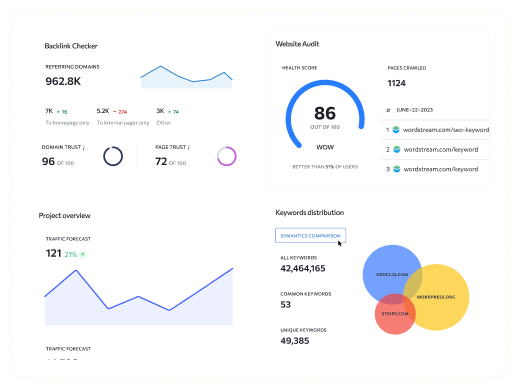When browsing the web or optimizing your website for search engines, you might come across the term “More Than One Tag Found.” This phrase refers to a situation where there are multiple instances of a particular HTML tag, most commonly the heading tag <h1>, found within a single webpage. Let’s delve deeper into what this means and how it can impact your website’s performance and SEO efforts.
Understanding More Than One Tag Found:
HTML (Hypertext Markup Language) is the backbone of web pages, providing structure and formatting instructions to browsers. Within HTML, heading tags like <h1>, <h2>, <h3>, etc., are used to define headings and subheadings, organizing content hierarchically. The <h1> tag typically represents the main heading of a page, signaling its primary topic or subject matter.
When more than one <h1> tag is present on a webpage, it can create confusion for search engines trying to determine the main focus or theme of the page. This confusion may lead to negative consequences for your website’s SEO (Search Engine Optimization) efforts and user experience.
Implications of Multiple Heading Tags:
- SEO Impact: Search engines rely on heading tags to understand the structure and relevance of web content. Having multiple <h1> tags can dilute the significance of each heading, making it harder for search engines to accurately index and rank your page for relevant queries.
- User Experience: Clear and concise headings help users navigate and understand the content of a webpage. Multiple <h1> tags may confuse visitors, especially those using screen readers or assistive technologies, leading to a less optimal user experience.
- Semantic Structure: Proper use of heading tags contributes to the semantic structure of a webpage, aiding accessibility and SEO. Having more than one <h1> tag disrupts this structure, potentially affecting how users and search engines interpret the content’s hierarchy and importance.
Best Practices for Handling Multiple Heading Tags:
- Single Main Heading: Ensure that each webpage has only one <h1> tag, representing the main topic or theme of the content. This helps maintain clarity and focus both for users and search engines.
- Use Subheadings: Utilize <h2>, <h3>, and other heading tags to organize content hierarchically beneath the main heading. Each subsequent heading should reflect a subtopic or section of the page, reinforcing the overall structure.
- Semantic Relevance: Make sure that each heading accurately reflects the content it precedes, emphasizing keywords and topics relevant to the page’s subject matter. This improves both SEO and user comprehension.
By adhering to best practices and ensuring proper usage of heading tags, you can enhance both the SEO performance and user experience of your website. Avoiding the issue of Multiple H1 Tags ensures that your content remains well-structured, accessible, and optimized for search engines.
FAQs (Frequently Asked Questions):
Q1. Why is having more than one <h1> tag a problem?
A1. Multiple <h1> tags can confuse search engines about the main topic of your page, potentially harming your SEO efforts and user experience.
Q2. Can I use other heading tags instead of <h1> for my main headings?
A2. While technically possible, it’s best practice to reserve <h1> for the main heading of your page for semantic and SEO reasons.
Q3. What if my website builder automatically generates multiple <h1> tags?
A3. Check your website builder’s settings or templates to see if you can control the generation of heading tags. If not, consider manually editing the HTML code to ensure proper usage.
Q4. Will fixing multiple <h1> tags improve my search engine rankings?
A4. While it’s not a guarantee, correcting structural issues like multiple <h1> tags can positively impact your website’s SEO by providing clearer signals to search engines.
Q5. How can I check if my webpage has multiple <h1> tags?
A5. You can inspect the HTML code of your webpage using browser developer tools or online HTML validators to identify and rectify any instances of multiple <h1> tags.





